Trek Speed Concept preview
Out-of-the-box thinking for Trek's new Speed Concept time trial bike
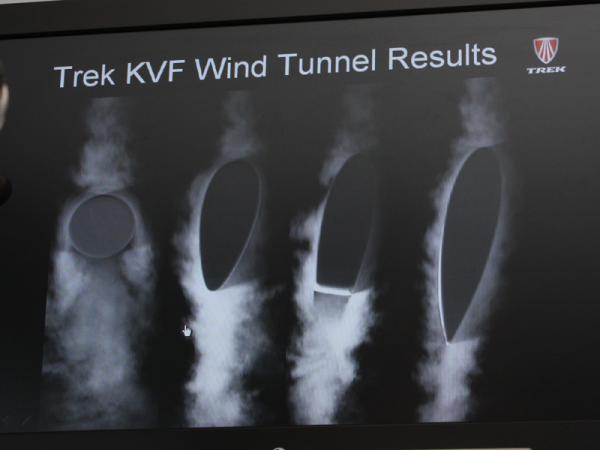
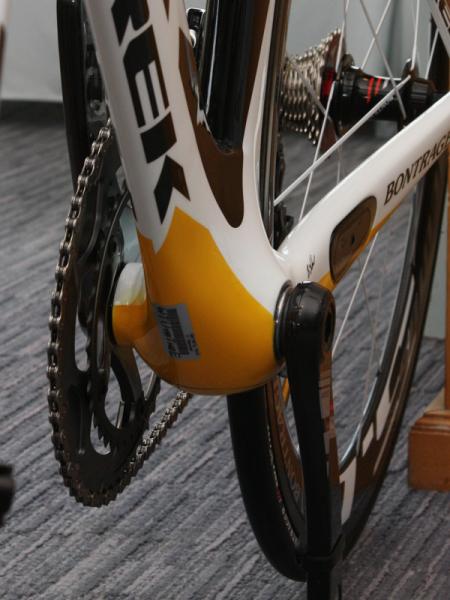
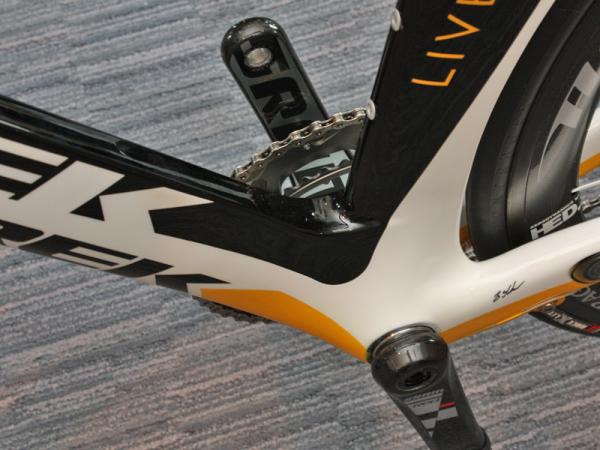
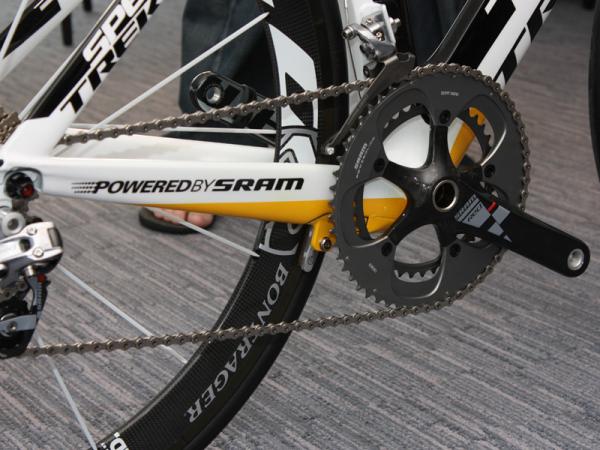

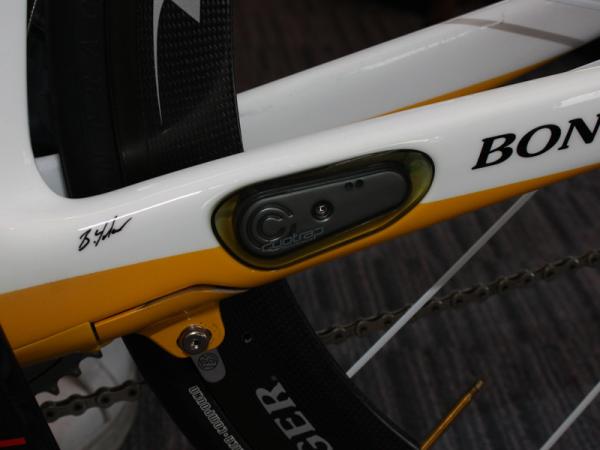
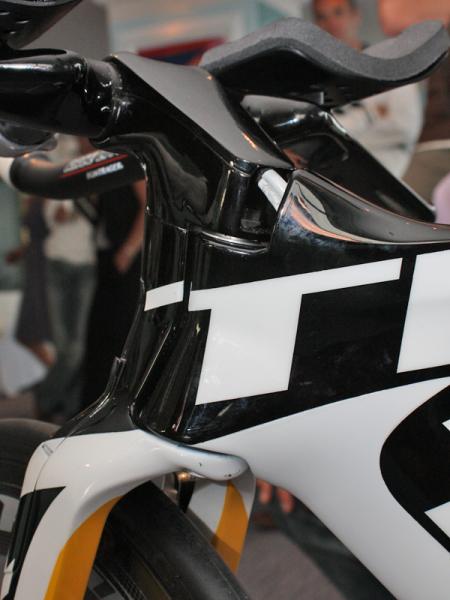
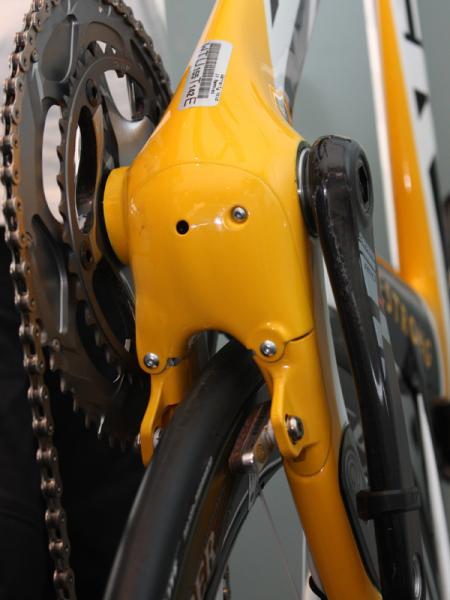
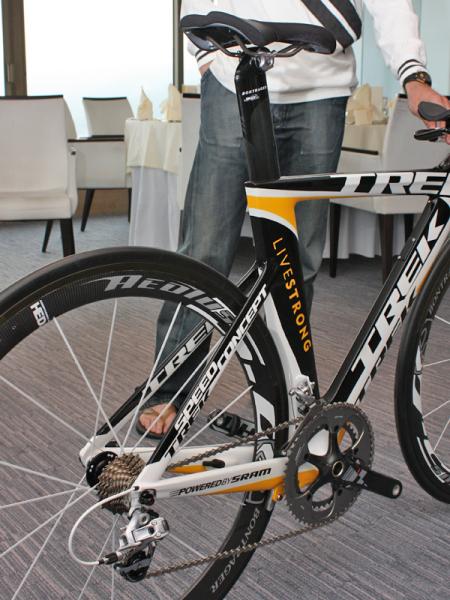
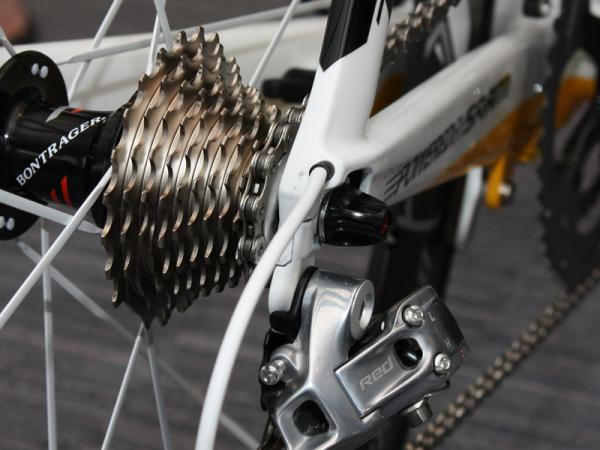

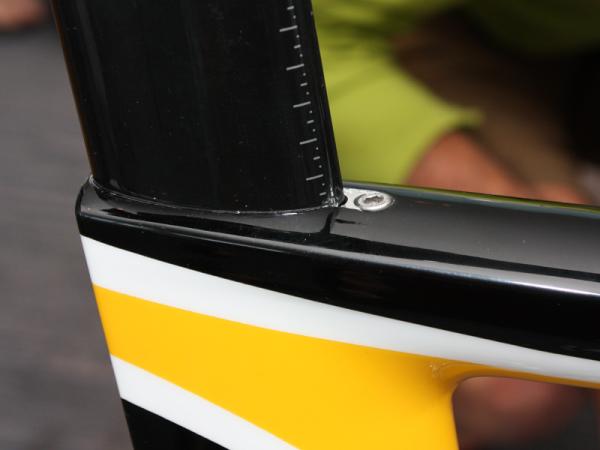

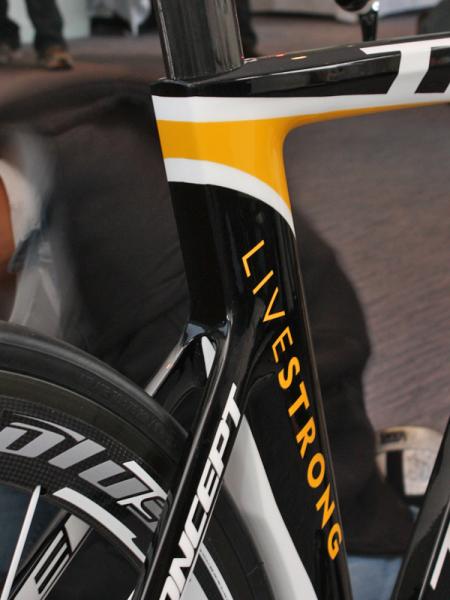
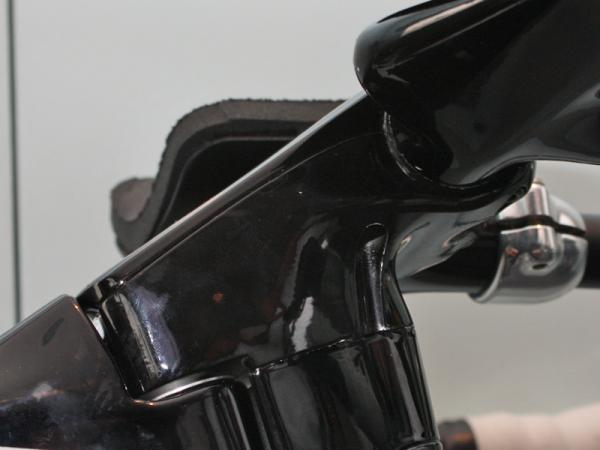
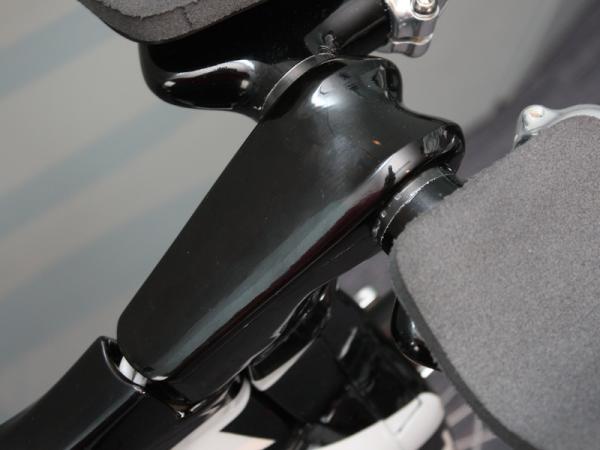
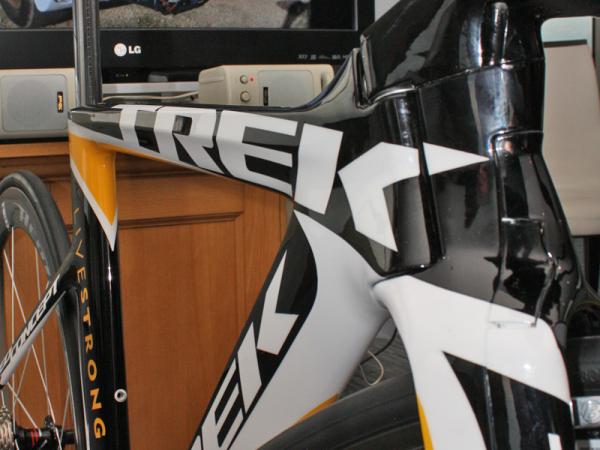
Trek Bicycles has borrowed a page from automotive aerodynamic design for its latest Speed Concept time trial machine, first seen under Alberto Contador (Astana) at last month's Critérium du Dauphiné Libéré and soon to be used by teammates Lance Armstrong and Levi Leipheimer as well for the Tour de France start in Monaco. Just as the sharply squared-off trailing edges reduce drag on high-performance vehicles – and high-mileage ones like the Toyota Prius – Trek says the unconventional shape will make its new Speed Concept the slipperiest machine on the road.
Armstrong's Trek gets Gila makeover
The Speed Concept's Kamm tail 'virtual airfoil' design features what is essentially an 8:1 airfoil but with an abruptly chopped trailing edge. According to Trek, air passing over the Kamm airfoil surface simply doesn't realize the rear section is missing and still cleanly reconvenes afterwards as if it was still there. It's not a new idea but it's very well proven in motor sports and Trek says it has also validated the concept with its own wind tunnel testing.
Quite conveniently, the truncated Kamm airfoil thus yields the lower drag figures of an 8:1 section but still neatly fits within the UCI's now-infamous 3:1 airfoil 'box'. According to Trek, the blunter shape's aero advantage only continues to increase at greater yaw angles up to about 15 degrees, too – exactly what time trial bikes typically see in real world conditions.
Moreover, Trek claims the squared-off shape also makes for a lighter and stiffer structure. Even with its lower drag numbers, the Speed Concept prototype framesets are said to be a significant 200g lighter than the current Equinox TTX SSL and yet 17 percent more rigid for better handling and more efficient power transfer.
Up front, Trek adopts the increasingly popular external steerer tube design, which maintains a deeper and more aerodynamic total section depth but in an especially narrow package that still maintains good front-end stiffness by clamping both ends of the head tube. However, unlike the inline stems used by Giant, Scott and now Specialized, Trek sticks to a low top tube design paired with a neatly integrated aero stem plus a conventional cylindrical-clamp aero bar for greater positioning flexibility. The fork crown is decidedly roomy, too – an idea already incorporated on the TTX that supposedly eases airflow around the spinning wheel and tire.
The Speed Concept boasts an impressive level of system integration as well, all in an effort to decrease drag. The BB90 bottom bracket design is borrowed from the road-going Madone but the Speed Concept goes far further with brakes that are fully incorporated into the frame structure with only a smidgeon of caliper arm and brake pad peeking out from the otherwise-smooth aero skin. The caliper arms themselves are neatly contoured to match to the surrounding area – just below the head tube up front and down in the chain stays behind the bottom bracket down below. As a result, the Speed Concept's brakes aren't just hidden within the frame – they're part of the frame.
The non-driveside chain stay is an especially busy area. In addition to the rear brake, that frame member also houses Trek's new DuoTrap wireless speed and cadence sensor, which picks up information from the rear wheel and crank magnets while barely interrupting airflow. If the idea of integrated electronics in bicycles still seems foreign to you, you'd better get used to it – the idea is here to stay and is only bound to grow from here.
The latest race content, interviews, features, reviews and expert buying guides, direct to your inbox!
Of course, cables are fully internally routed, starting from the controls and running inside the bar, then taking a turn through the stem and then right into the top of the top tube – and all of it is fully hidden from the exterior. Since the brakes themselves are internal, too, those lines never see the light of day save for installation and maintenance while the front and rear derailleur cables only exit just before they're needed. It's perhaps a headache for the mechanics but that's unfortunately of little consequence when valuable seconds are on the line. Given how infrequently these bikes are apt to be used, hopefully the process won't have to be repeated often, either.
Before you're tempted to head to your local dealer with a bag full of cash, Trek says the Speed Concept is strictly a team-only item at the moment and is still in the development phase. However, Trek marketing director Dean Gore admitted that the company absolutely has plans to offer the bike to the public but likely not before the 2011 model year. Though most of the design work has been completed, there is still more to be done to make the Speed Concept easier to assemble and maintain for non-Pro Tour mechanics.
The UCI may force Trek's hand depending on what it says on Saturday however. According to new technical guidelines, race bikes now must be "marketed" or "marketable" at the time of competition and if need be, Trek will accelerate the development timeline accordingly or perhaps even offer the Speed Concept as some sort of special order item to the public in its current form. Either way, Gore insists that Armstrong, Contador and Leipheimer will be using these innovative machines in Saturday's opening Tour de France time trial and beyond – whatever it takes.